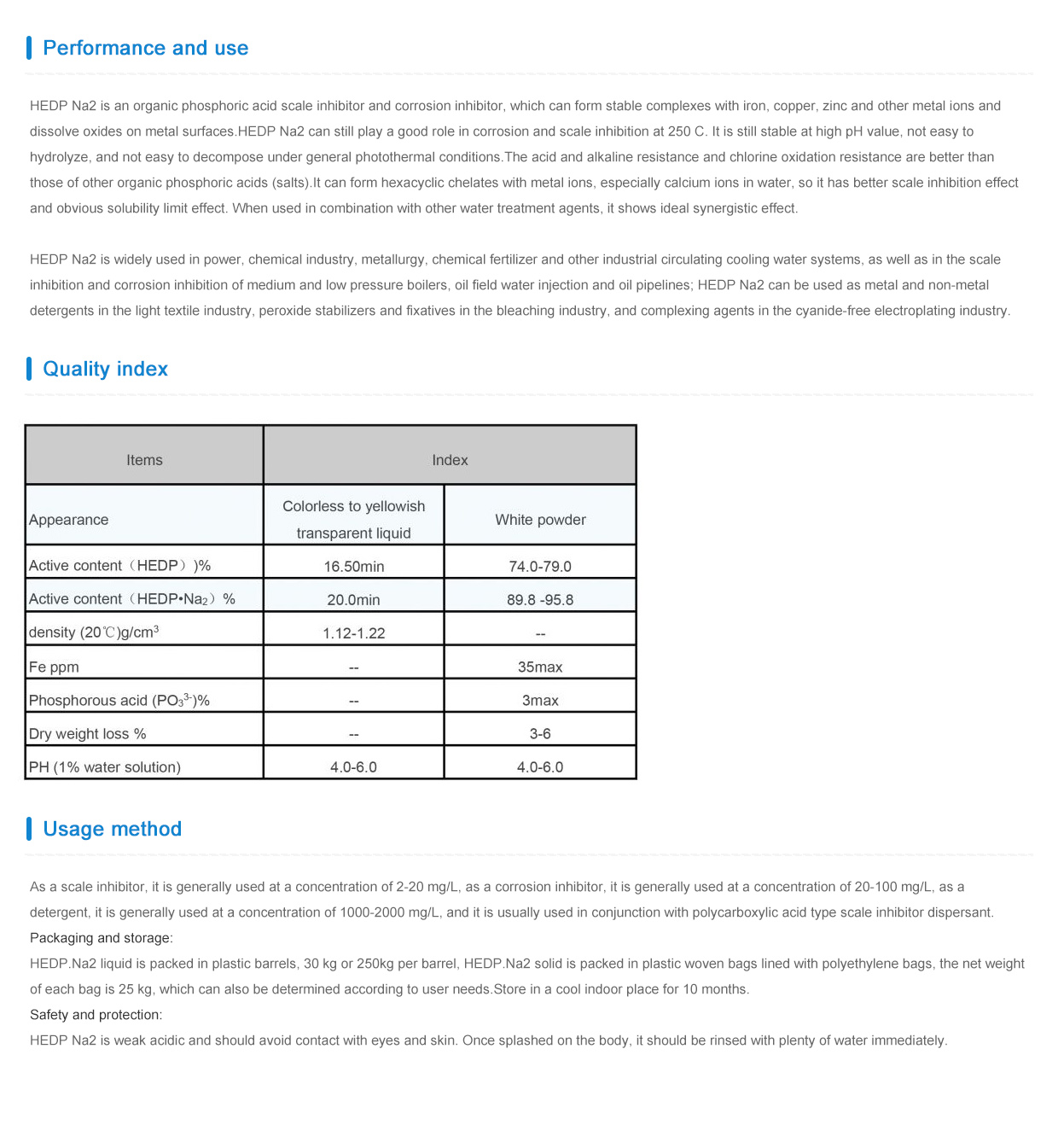cationic pam
Exploring Cationic PAM (Polyacrylamide) and Its Applications
Cationic polyacrylamide (PAM) is a versatile polymer widely used in various industrial applications due to its unique properties. This synthetic polymer, characterized by its positive charge, plays a significant role in different sectors, including water treatment, agriculture, and soil improvement.
Exploring Cationic PAM (Polyacrylamide) and Its Applications
In agriculture, cationic PAM is utilized to improve soil structure and water retention. When applied to soils, it forms a gel-like substance that can bind soil particles together, reducing erosion and enhancing moisture retention. This is particularly beneficial in arid regions where water conservation is vital. By improving soil aggregation, cationic PAM not only boosts water retention but also promotes aeration and root growth, leading to healthier crops and increased yields.
cationic pam

Additionally, cationic PAM finds applications in the paper industry, where it is used as a retention aid. By increasing the retention rate of fibers and fillers in the paper-making process, it helps in producing high-quality paper while minimizing waste. This not only enhances production efficiency but also contributes to sustainability efforts in the industry.
Another emerging area of application for cationic PAM is in the oil and gas sector. It is employed in hydraulic fracturing and enhanced oil recovery processes to improve the efficiency of fluid injection and reduce fluid loss. The polymer's ability to increase viscosity and improve the flow characteristics of drilling fluids makes it a valuable additive in this industry.
In summary, cationic polyacrylamide is a crucial polymer with a wide range of applications across various industries. Its ability to enhance water treatment processes, improve soil conditions in agriculture, support paper production, and boost efficiency in oil extraction highlights its significance in promoting environmental sustainability and resource management. As research continues to evolve, the potential applications of cationic PAM are likely to expand further, making it an essential component in numerous industrial processes.
-
lk-319-special-scale-and-corrosion-inhibitor-for-steel-plants-advanced-solutions-for-industrial-water-systemsNewsAug.22,2025
-
flocculant-water-treatment-essential-chemical-solutions-for-purification-processesNewsAug.22,2025
-
isothiazolinones-versatile-microbial-control-agents-for-industrial-and-consumer-applicationsNewsAug.22,2025
-
scale-inhibitor-key-solutions-for-water-system-scale-preventionNewsAug.22,2025
-
organophosphonates-versatile-scale-inhibitors-for-industrial-water-systemsNewsAug.22,2025
-
scale-and-corrosion-inhibitor-essential-chemical-solutions-for-water-system-maintenanceNewsAug.22,2025





